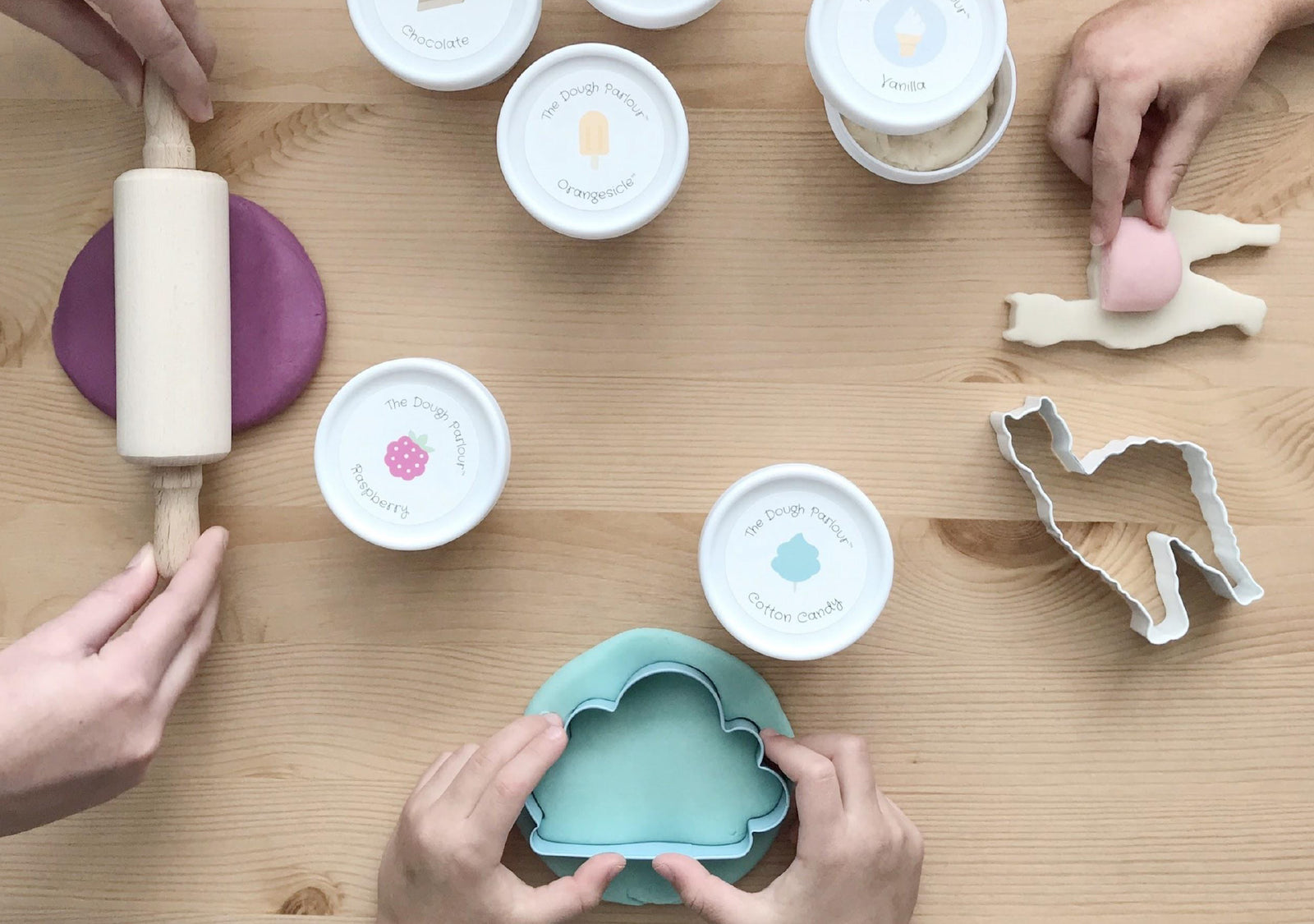
If you have a young one, odds are that you know about ‘sensory play’. You’ve likely heard about how activities that stimulate your child’s senses, like their sense of touch, smell, and taste, are incredibly beneficial for their learning and development. But, what you might not know, is how to go about facilitating sensory play for your child!
We know it can be intimidating. Between perfectly curated sensory bins popping up online to the potential mess to clean up afterward, setting up sensory play can sometimes feel a little daunting.
However, it doesn’t have to be. Sensory play can be fun, easy, and dare we say... simple! Here are five tips to make sensory play easier and more enjoyable for you and your little one.
1. Get Inspired: You don’t have to reinvent the wheel! There are lots of ideas and inspiration online from parents and educators who have led the way. Start simple with sensory play activities that only need a few supplies, and work your way up to more elaborate setups as you go. You can bookmark lists or pin ideas on Pinterest to make it even easier to quickly come up with your next sensory play activity.
Here are a few great resources to get you started:
• Simple 10 Min Sensory Activities
• Sensory Bin Filler Ideas
• Sensory Activities for Toddlers
2. Schedule It In: Life gets busy, so carving out a consistent time for designated sensory play is sometimes what it takes to make it a reality. Whether it’s designating Thursday night ‘Pizza & Play Night’ or having each Saturday morning marked for sensory activities, getting into a routine can be helpful in making sure your child regularly experiences all of the rich benefits of sensory play.
3. Play Along: Most sensory activities need some level of supervision, especially the ones involving small pieces and non-edible materials. But parents that go one step further, from supervision to co-play, can add to the overall developmental experience of their child. Sit with your little one while they’re playing and encourage their learning by asking open-ended questions or guiding them to create new things with the materials.
4. Make it Accessible: Sensory play doesn’t have to be for special occasions and it doesn’t have to require an elaborate set up. Keep a cabinet or ‘art cart’ stocked with simple sensory materials like dough, pipe cleaners, putty, and bubble wrap so that your child can access (or ask for your help accessing) the materials when the mood strikes.
5. Make Clean Up Easy: For many parents, a big resistance to sensory play is the mess it creates, but there are a number of ways to reduce clean up time. When possible, set up the activity outside. This way, you’ll be less worried about sticky fingers on your furniture or stains on your countertops. Another helpful hack is putting an old shower curtain or tarp down under the activity that can be easily tied up (with all the mess inside it!) when playtime is done.
Sensory play can open up your child’s world as they explore and create with new sights, smells, and sensations. Keep in mind these five simple tips and you’ll be looking forward to playtime as much as your child.










